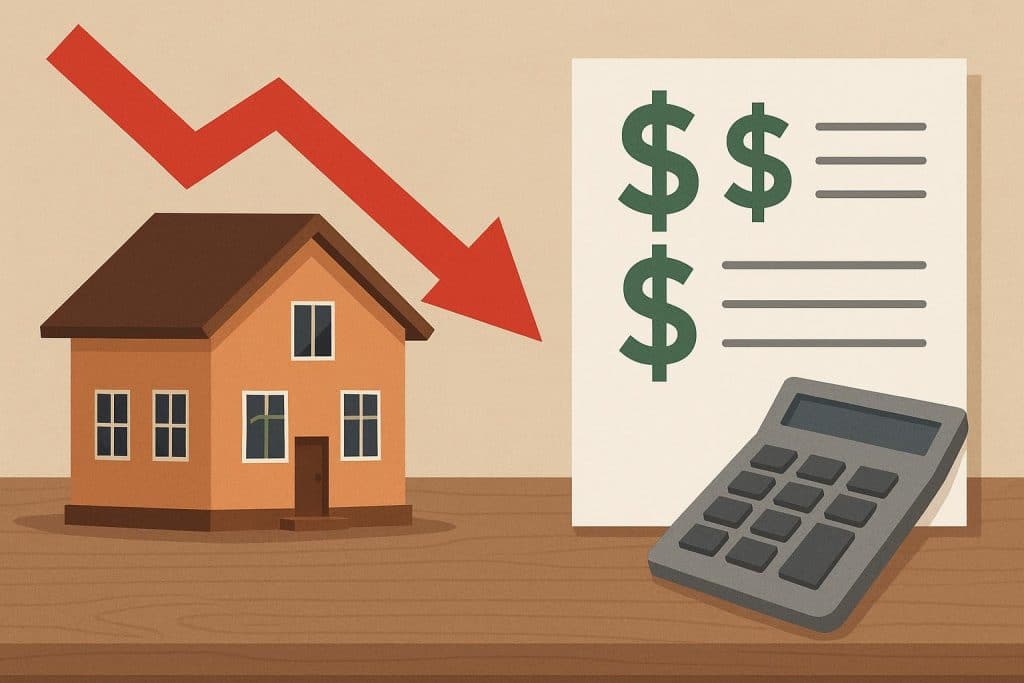Investing in property offers stable returns when managed with care. Depreciation allows investors to claim deductions for the natural wear and tear of a building and its assets. This tax deduction helps reduce taxable income and improves profit margins. However, certain oversights can restrict the full financial benefits that come from accurate depreciation claims.
A depreciation report rental property helps identify assets that qualify for deductions. It provides a detailed breakdown of a property’s components, making it easier to claim the right amount each year. When this process is handled carefully, investors can increase their returns while staying compliant with taxation rules.
Overlook The Value Of A Professional Assessment
Many property owners estimate depreciation without expert assistance. This approach can lead to incomplete claims because some assets may not be included. A professional quantity surveyor understands how to calculate depreciation correctly under current tax guidelines.
Engaging a qualified expert ensures that every eligible item appears in the schedule. The assessor uses precise valuation methods and identifies items that might otherwise be missed. This professional insight supports better financial outcomes through maximised deductions.
Ignore Updates After Renovations Or Upgrades
Property owners need to review their depreciation schedule after each upgrade. New fixtures and improvements add to the value of that real estate and qualify for additional deductions. Keeping an updated record ensures no eligible item is left out.
Key actions include:
- Record Expenses: Keep all receipts and invoices for every renovation or replacement.
- Update Schedule: Add each new asset to the depreciation report as soon as upgrades finish.
- Consult Experts: Seek advice from a tax professional or quantity surveyor for correct valuation.
- Review Annually: Examine the updated report before each tax return to capture all eligible deductions.
Misclassify Assets Or Using Incorrect Lifespans
Each asset within a property has a defined lifespan under tax rules. Misclassifying assets or applying the wrong effective life can alter the deduction amount. For instance, carpets, blinds, and appliances have shorter lifespans compared to the building itself.
Correct classification ensures accurate depreciation and compliance with tax standards. A professional schedule separates assets based on their expected use period. This structure allows investors to claim deductions more effectively over time.
Faili To Separate Land And Building Values
Land value does not depreciate, but the building and its assets do. Some property owners mistakenly calculate depreciation on the total property value, including the land. This error can affect accuracy and lead to incorrect deductions.
A precise depreciation schedule distinguishes between the land and the building. It isolates the value of depreciable items such as fixtures and fittings. This separation ensures correct reporting and helps maintain financial integrity.
Not Review The Schedule Regularly
Regular review keeps the depreciation schedule accurate and compliant. Over time, assets wear out, new items replace old ones, and ownership circumstances may change. A quick check each year helps maintain accurate deductions.
Practical steps for review:
- Check for Changes: Identify new or removed assets in the property.
- Verify Values: Confirm that asset valuations match current tax standards.
- Remove Outdated Items: Eliminate assets no longer in use or disposed of.
- Seek Professional Input: Have a qualified assessor verify any major adjustments.
Accurate depreciation management increases the long-term value of any investment property. A detailed depreciation report of rental property ensures that all eligible assets are identified and valued properly. Regular reviews, correct classifications, and professional assessments lead to reliable deductions each year. Staying informed about depreciation rules helps investors maintain compliance and enhance property returns with confidence.

